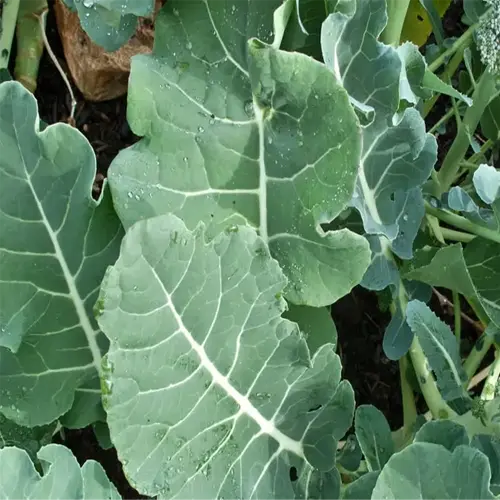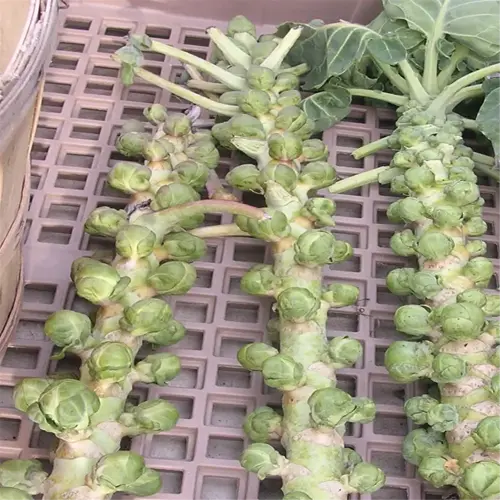Do cashew trees require pruning?

Written by
Michael Sullivan
Reviewed by
Prof. Martin Thorne, Ph.D.It is not optional. It is survival. I have revamped a series of neglected orchards by just cutting back a series of dead branches that hold borer beetles. Pruning every year after harvest allows for light to enter the canopy and help recharge the professor for the following season. In addition to this, even the dwarf varieties, which require less effort, a more strategic trimming will keep the leading regions of the trees healthy.
Seasonal Steps
- Post-harvest: Remove branches thinner than a pencil
- Pre-monsoon: Open canopy center for airflow
- Flowering phase: Trim only diseased wood
- Dormancy: Never prune, sap loss weakens trees
Common Mistakes
- Over-pruning: >25% foliage removal shocks trees
- Blunt tools: Torn bark invites pests
- Wrong timing: Monsoon pruning spreads fungi
- Ignoring angles: 45° cuts heal fastest
Use sterile shears dipped in 70% alcohol between trees. One client lost their whole grove to anthracnose because of contaminated tools. Pruning techniques require a dedicated focus on branches that grow and branch vertically because these upward growing limbs cast a shadow on fruiting wood that grows closer to the ground. One of my mentors in Vietnam taught me the 3D rule, remove the 3D limbs first: Dead, Damaged, or Disease limbs first.
Cashews in containers have unique maintenance needs. I trim roots as necessary at each repotting to keep them from circling inside of the container which is a practice I feel saved my balcony orchard. The trees in the soil can be maintained by cleaning away 4ft (1.2m) around the trunk to aid in nut harvesting. I balance functionality while considering looks, so when I prune crooked branches, I just decrease the foliage but still get sweet cashew flowers and nuts.
Read the full article: How to Grow Cashews: Expert Tips for Home Cultivation

